文末获取资源,收藏关注不迷路
文章目录
项目介绍技术介绍项目界面关键代码目录
项目介绍
体脂健康管理系统采用了结构化开发的方法。这种开发方法的优点是控制性比较强,开发过程中采用了结构化和模块化的设计思想,自顶向下,从总体到部分,合理划分系统的结构和模块[11]。结构化开发时使用模块式开发,各模块之间互不影响,方便系统的开发与管理。 网站总体功能如下图所示:
程序上交给用户进行使用时,需要提供程序的操作流程图,这样便于用户容易理解程序的具体工作步骤,现如今程序的操作流程都有一个大致的标准,即先通过登录页面提交登录数据,通过程序验证正确之后,用户才能在程序功能操作区页面操作对应的功能。
程序操作流程图
技术介绍
1、管理员账号:abo 密码:abo
2、开发环境为Eclipse/idea,数据库为mysql 使用java语言开发。
3.配置好Tomcat并点击启动按钮即可运行
4.数据库连接src\main\resources\application.yml中修改
5.maven包版本apache-maven-3.3.9.
开发语言:Java
框架:SSM
前端框架:vue.js
JDK版本:JDK1.8+
服务器:tomcat8+
数据库工具:Navicat
开发软件:idea 支持eclipse
支持定做:Java/PHP/Python/Android/小程序/Vue/爬虫/C#/Asp.net
Springboot是当前最流向的一个框架,它的配置更加的简单,使开发变得更加的简单迅速。
Springboot的基础结构共三个文件,具体如下:
src/main/java:程序开发以及主程序入口;
src/main/resources:配置文件;
src/test/java:测试程序。
ssm的数据库配置默认支持两种格式的配置文件
1,application.properties
2,application.yaml
项目界面
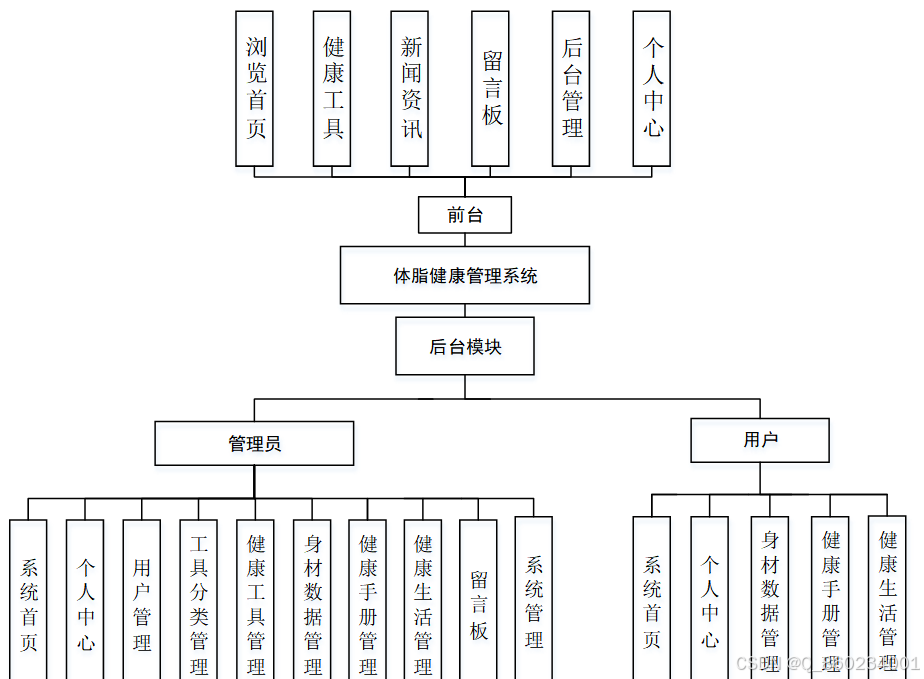

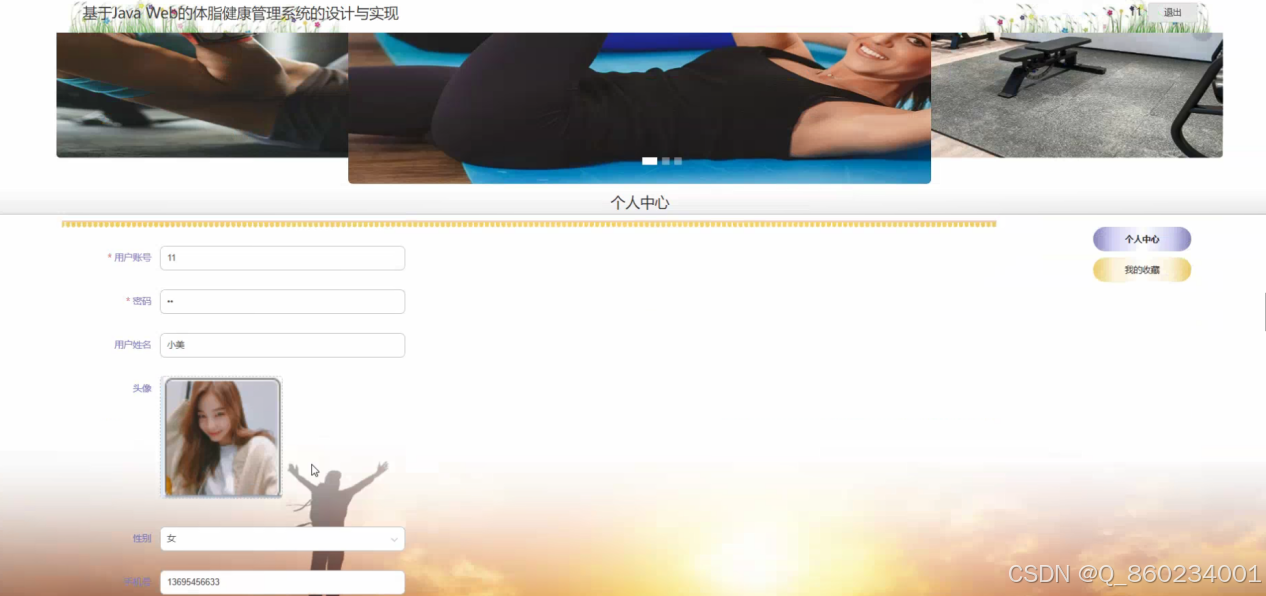

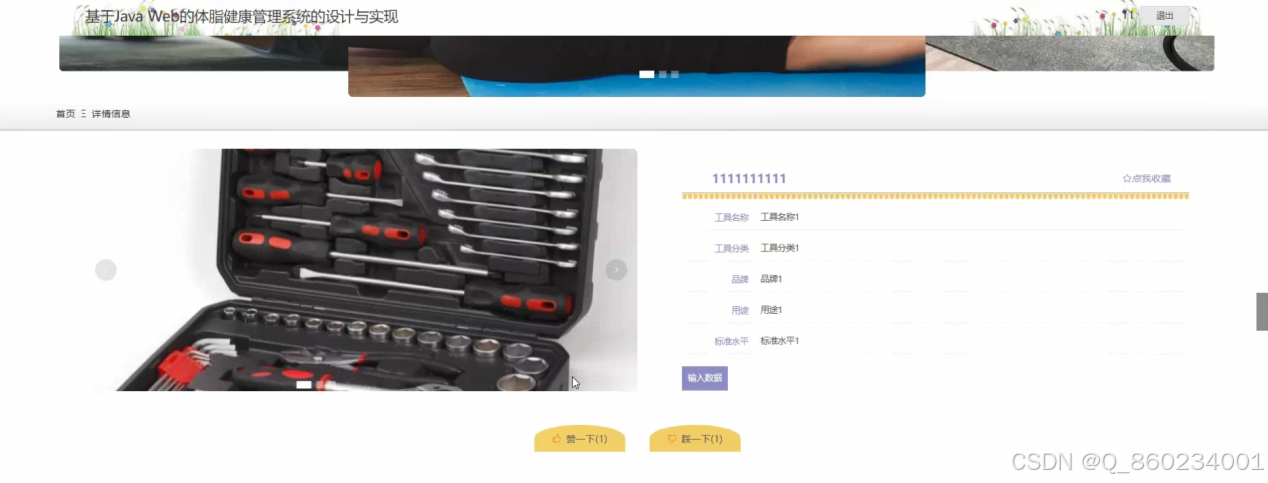
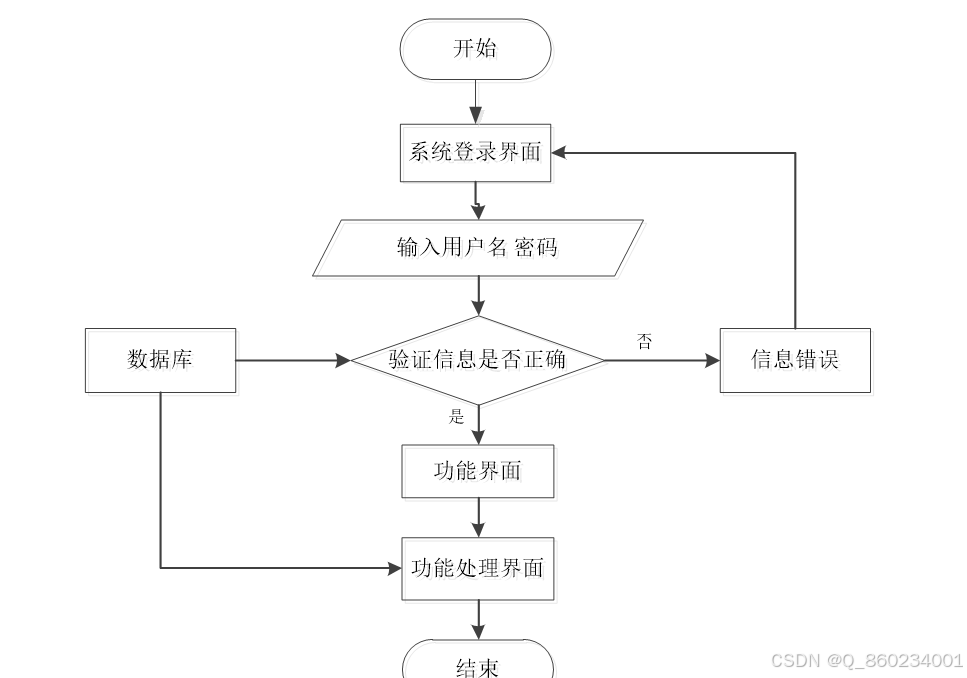
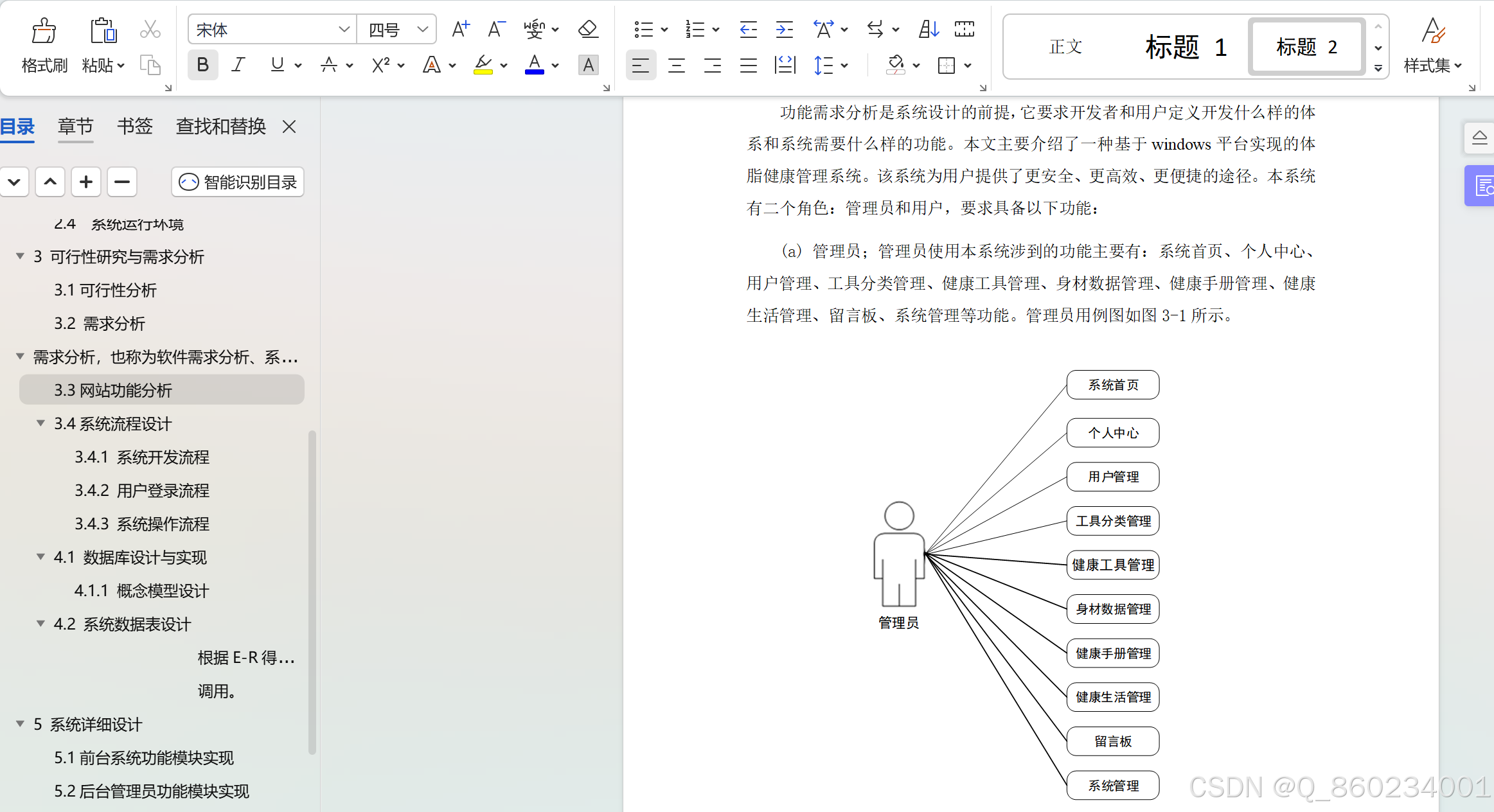
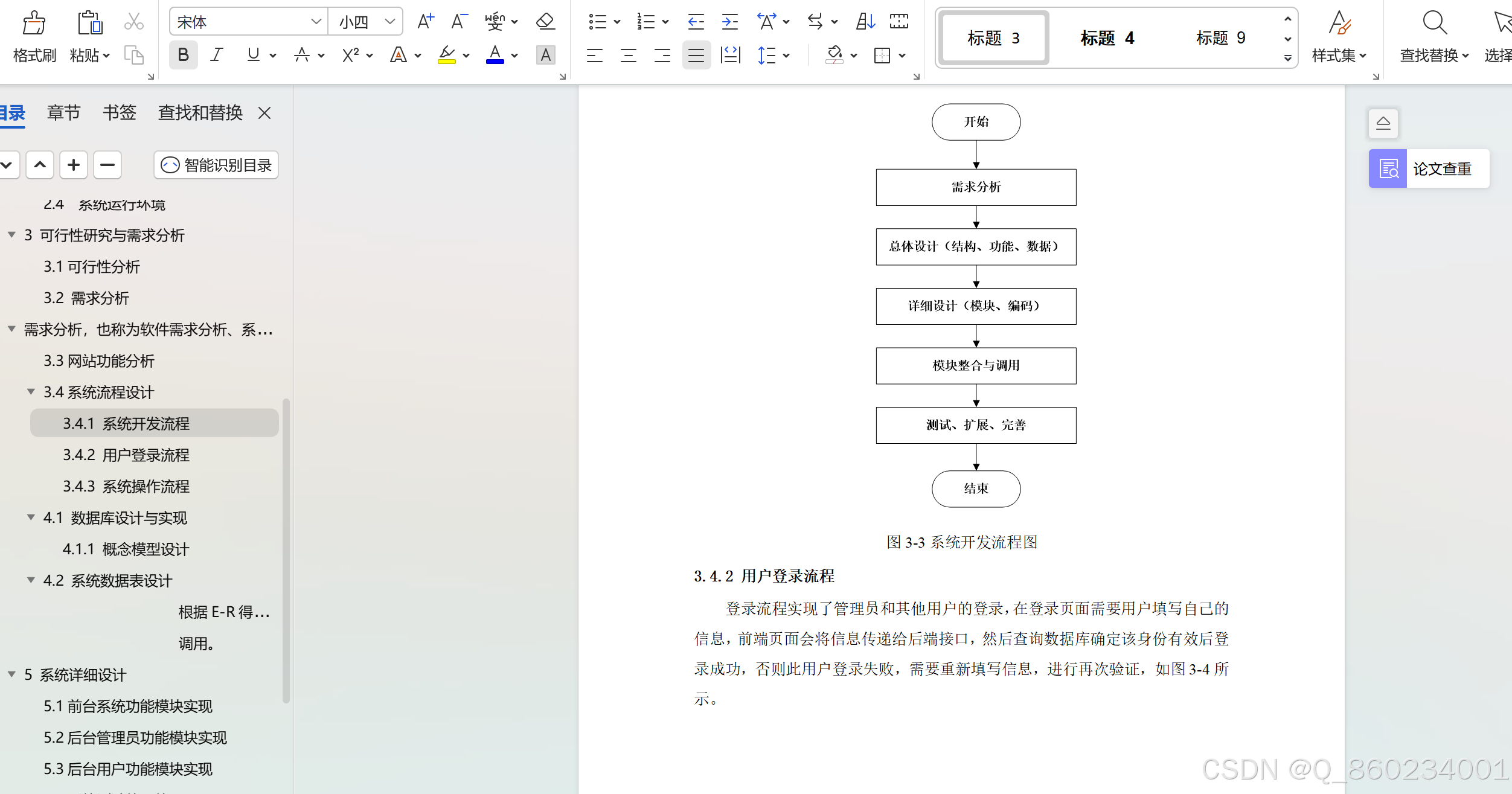
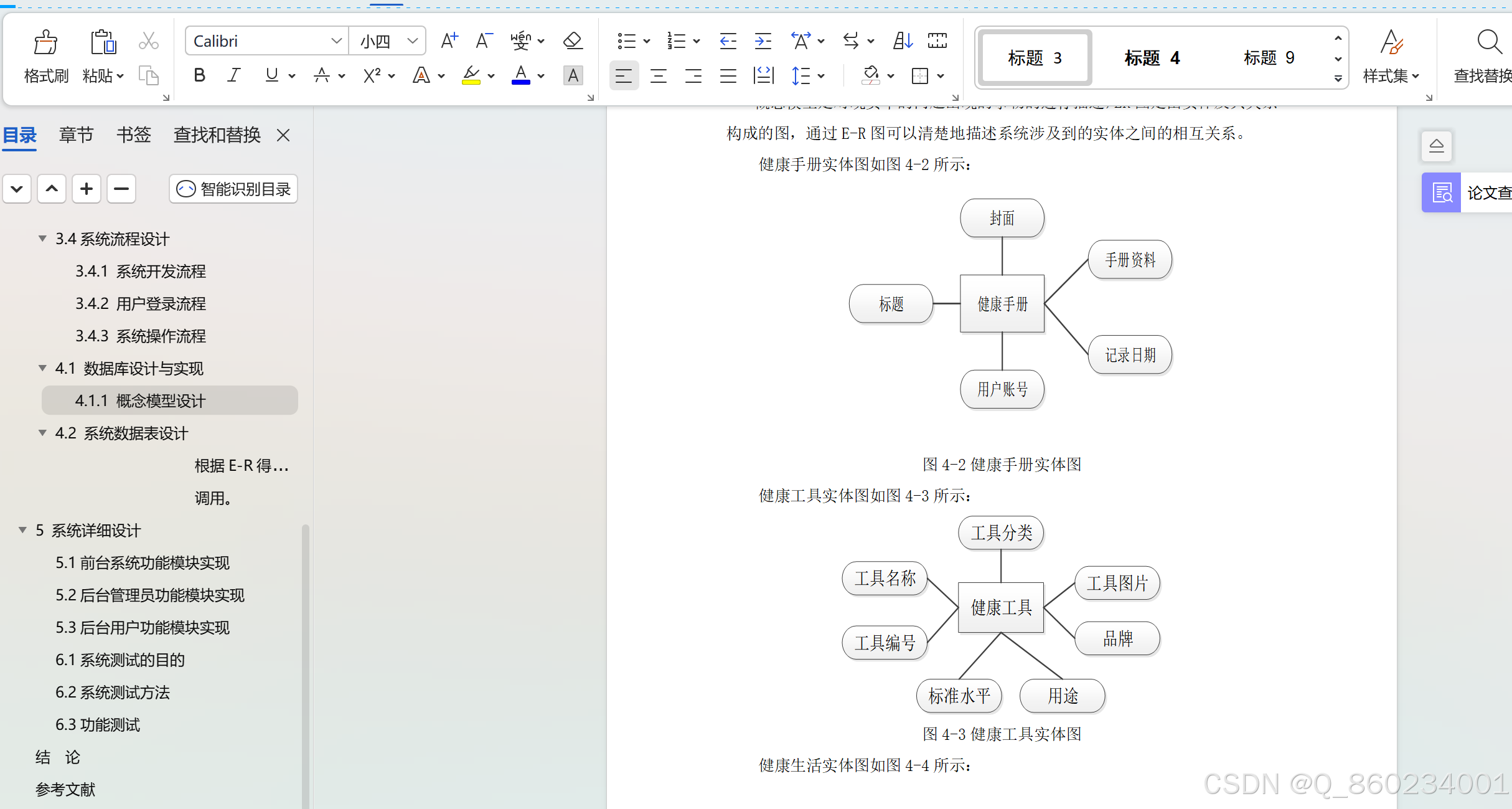
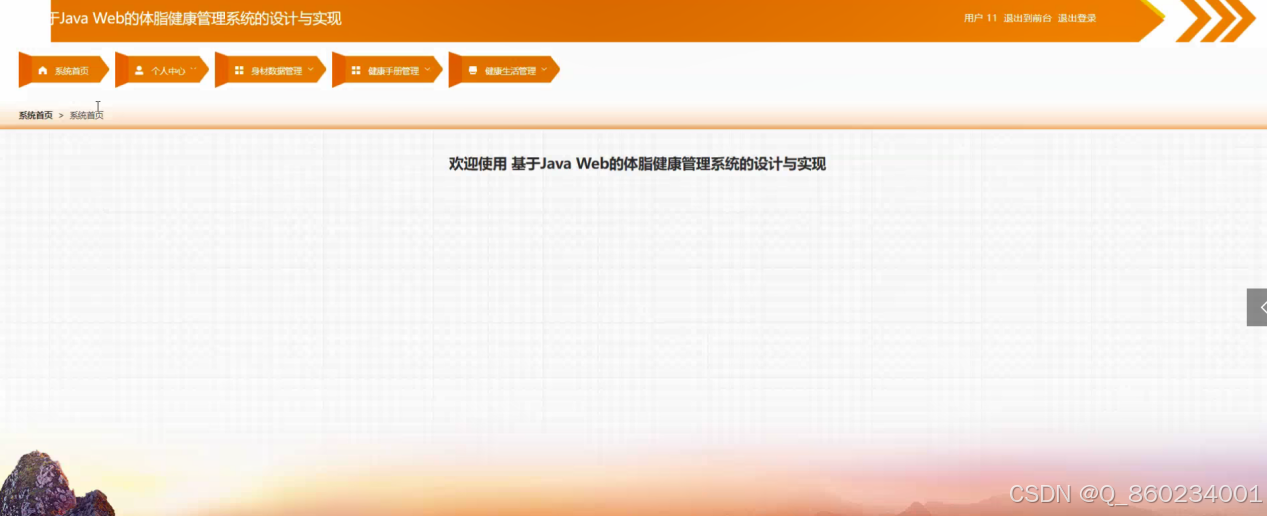
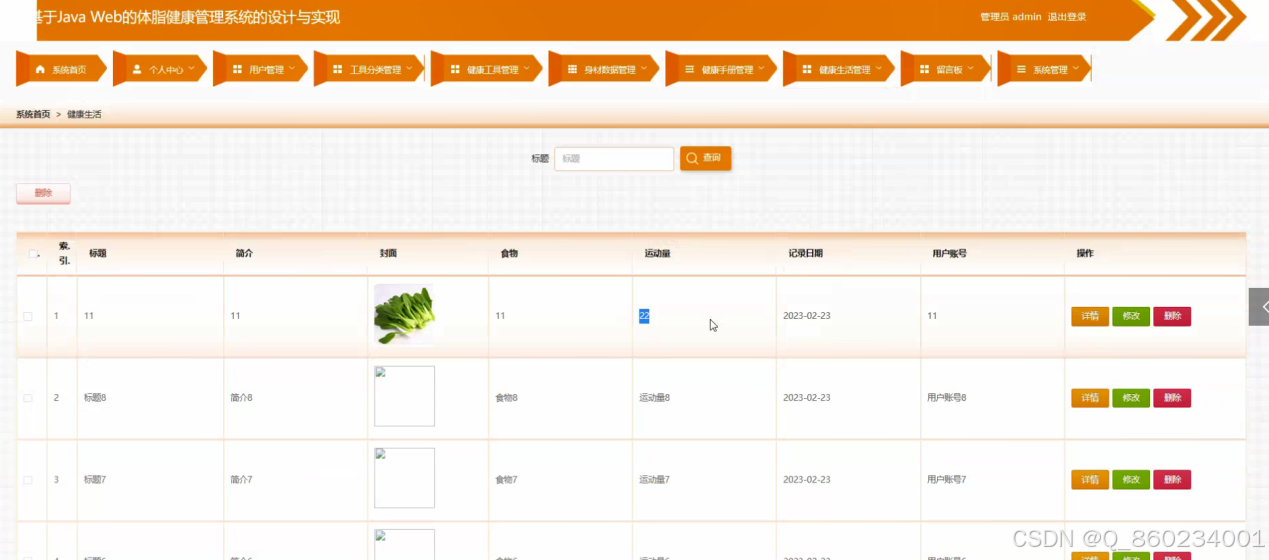
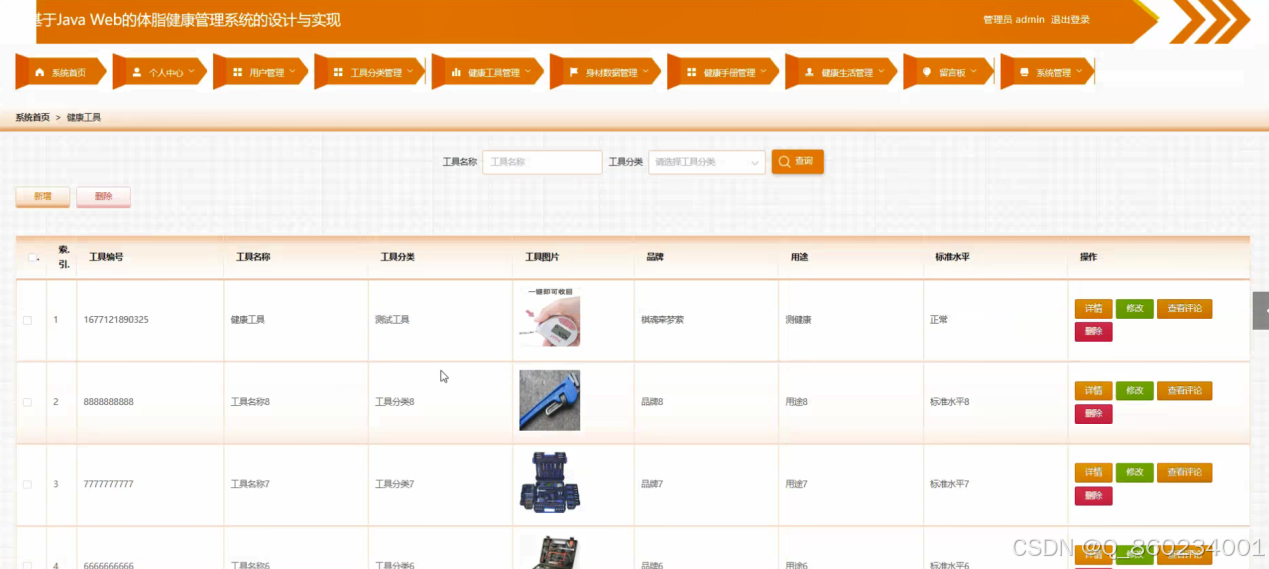
关键代码
package com.controller;import java.util.Arrays;import java.util.Calendar;import java.util.Date;import java.util.Map;import javax.servlet.http.HttpServletRequest;import org.springframework.beans.factory.annotation.Autowired;import org.springframework.stereotype.Controller;import org.springframework.web.bind.annotation.GetMapping;import org.springframework.web.bind.annotation.PathVariable;import org.springframework.web.bind.annotation.PostMapping;import org.springframework.web.bind.annotation.RequestBody;import org.springframework.web.bind.annotation.RequestMapping;import org.springframework.web.bind.annotation.RequestParam;import org.springframework.web.bind.annotation.ResponseBody;import org.springframework.web.bind.annotation.RestController;import com.annotation.IgnoreAuth;import com.baomidou.mybatisplus.mapper.EntityWrapper;import com.entity.TokenEntity;import com.entity.UserEntity;import com.service.TokenService;import com.service.UserService;import com.utils.CommonUtil;import com.utils.MPUtil;import com.utils.PageUtils;import com.utils.R;import com.utils.ValidatorUtils;/** * 登录相关 */@RequestMapping("users")@RestControllerpublic class UserController{@Autowiredprivate UserService userService;@Autowiredprivate TokenService tokenService;/** * 登录 */@IgnoreAuth@PostMapping(value = "/login")public R login(String username, String password, String captcha, HttpServletRequest request) {UserEntity user = userService.selectOne(new EntityWrapper<UserEntity>().eq("username", username));if(user==null || !user.getPassword().equals(password)) {return R.error("账号或密码不正确");}String token = tokenService.generateToken(user.getId(),username, "users", user.getRole());return R.ok().put("token", token);}/** * 注册 */@IgnoreAuth@PostMapping(value = "/register")public R register(@RequestBody UserEntity user){// ValidatorUtils.validateEntity(user); if(userService.selectOne(new EntityWrapper<UserEntity>().eq("username", user.getUsername())) !=null) { return R.error("用户已存在"); } userService.insert(user); return R.ok(); }/** * 退出 */@GetMapping(value = "logout")public R logout(HttpServletRequest request) {request.getSession().invalidate();return R.ok("退出成功");}/** * 密码重置 */ @IgnoreAuth@RequestMapping(value = "/resetPass") public R resetPass(String username, HttpServletRequest request){ UserEntity user = userService.selectOne(new EntityWrapper<UserEntity>().eq("username", username)); if(user==null) { return R.error("账号不存在"); } user.setPassword("123456"); userService.update(user,null); return R.ok("密码已重置为:123456"); }/** * 列表 */ @RequestMapping("/page") public R page(@RequestParam Map<String, Object> params,UserEntity user){ EntityWrapper<UserEntity> ew = new EntityWrapper<UserEntity>(); PageUtils page = userService.queryPage(params, MPUtil.sort(MPUtil.between(MPUtil.allLike(ew, user), params), params)); return R.ok().put("data", page); }/** * 列表 */ @RequestMapping("/list") public R list( UserEntity user){ EntityWrapper<UserEntity> ew = new EntityWrapper<UserEntity>(); ew.allEq(MPUtil.allEQMapPre( user, "user")); return R.ok().put("data", userService.selectListView(ew)); } /** * 信息 */ @RequestMapping("/info/{id}") public R info(@PathVariable("id") String id){ UserEntity user = userService.selectById(id); return R.ok().put("data", user); } /** * 获取用户的session用户信息 */ @RequestMapping("/session") public R getCurrUser(HttpServletRequest request){ Long id = (Long)request.getSession().getAttribute("userId"); UserEntity user = userService.selectById(id); return R.ok().put("data", user); } /** * 保存 */ @PostMapping("/save") public R save(@RequestBody UserEntity user){// ValidatorUtils.validateEntity(user); if(userService.selectOne(new EntityWrapper<UserEntity>().eq("username", user.getUsername())) !=null) { return R.error("用户已存在"); } userService.insert(user); return R.ok(); } /** * 修改 */ @RequestMapping("/update") public R update(@RequestBody UserEntity user){// ValidatorUtils.validateEntity(user); UserEntity u = userService.selectOne(new EntityWrapper<UserEntity>().eq("username", user.getUsername())); if(u!=null && u.getId()!=user.getId() && u.getUsername().equals(user.getUsername())) { return R.error("用户名已存在。"); } userService.updateById(user);//全部更新 return R.ok(); } /** * 删除 */ @RequestMapping("/delete") public R delete(@RequestBody Long[] ids){ userService.deleteBatchIds(Arrays.asList(ids)); return R.ok(); }}目录
目 录
目 录 III
1 绪论 1
1.1 研究背景 1
1.2 目的和意义 1
1.3 论文结构安排 2
2 相关技术 3
2.1 Springboot框架介绍 3
2.2 B/S结构介绍 3
2.3 Mysql数据库介绍 4
3 系统分析 6
3.1 系统可行性分析 6
3.1.1 技术可行性分析 6
3.1.2 经济可行性分析 6
3.1.3 运行可行性分析 6
3.2 系统性能分析 7
3.2.1 易用性指标 7
3.2.2 可扩展性指标 7
3.2.3 健壮性指标 7
3.2.4 安全性指标 8
3.3 系统流程分析 8
3.3.1 操作流程分析 8
3.3.2 登录流程分析 9
3.3.3 信息添加流程分析 10
3.3.4 信息删除流程分析 11
4 系统设计 12
4.1 系统概要设计 12
4.2 系统功能结构设计 12
4.3 数据库设计 13
4.3.1 数据库E-R图设计 13
4.3.2 数据库表结构设计 14
5 系统实现 17
5.1用户部分功能17
5.2 管理员部分功能展示
6 系统测试
6.1 系统测试的特点
6.2 系统功能测试
6.2.1 登录功能测试
6.2.2 添加类别功能测试
6.3 测试结果分析
结 论
致 谢
参考文献